How to sew an evening dress with your own hands?

Sewing a dress is a whole series of deliberate and measured steps 10 times until the details are cut out on the table. And when it comes to evening dress, we get down to business more meticulously.
The complete process of creating an evening dress is difficult to fit into one article, but there are general guidelines that apply to each dress. Analyzing the main points in sewing, let's take as an example a fitted model to the floor on one shoulder and sew a fashionable evening dress with a detachable skirt.
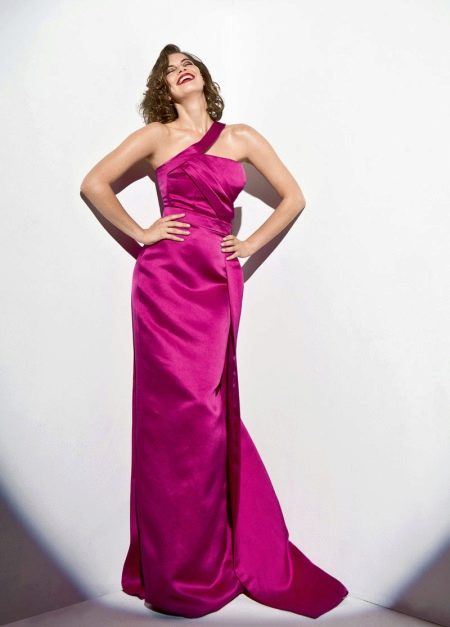
Taking measurements
Since each girl has an individual figure, exact measurements are needed so that the dress fits perfectly on the figure.
Standard measurements are waist, hips, bust, etc. Sometimes additional measurements are needed, for example, to calculate the center of the chest or to make two measurements of "Breast volume".
Pattern preparation
Having the necessary data, we proceed to creating the pattern itself. It can be photographed using graph paper or built in a pattern building program and printed.
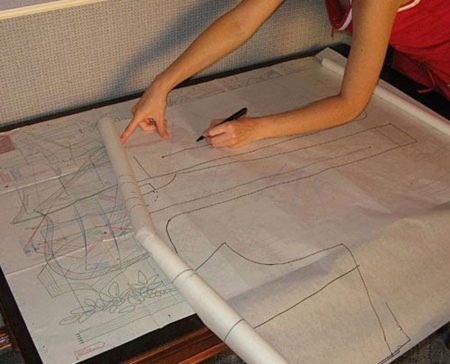
A few tips for preparing a pattern:
- After making sure that every detail of the dress (back, shelves, sleeves) is correct, it is transferred to a separate thick sheet of paper or cardboard from the main drawing.
- All important lines of darts, notches, key points are also transferred.
- Before opening, be sure to double-check the connecting sections on the details with a centimeter. Side seams, shoulder cuts must match. Make sure that the volume of the sleeve is consistent with the armhole. Take into account the provided folds.
- It is better to eliminate discrepancies on paper than on fabric, so if they are found, then cut off the excess, and add the missing centimeters with a piece of paper.
- If the pattern has no allowances, be sure to make them on the fabric when cutting.
- Add 1.5 cm to the seams and along the cuts, 3.5 cm to the longitudinal cuts of the top skirt, 4 cm to the hem of the bottom of the dress and top skirt.
The pattern of our evening dress, built in the RedCafe program, as follows.
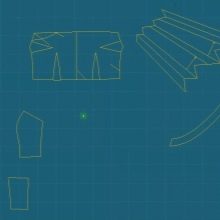
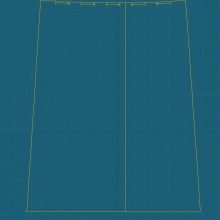
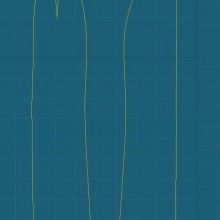
Preparing the fabric
The fabric must be taken seriously. It will be a shame if the dress shrinks or stretches after the first wash.
- Cotton, linen and silk fabrics should be ironed from the wrong side. If the fabric is skewed, then it should be moistened and pulled slightly.
- Woolen fabric needs wet heat treatment.
- Be sure to inspect the purchased piece of fabric. When you see the flaws, circle them with soap to bypass these defects when cutting.
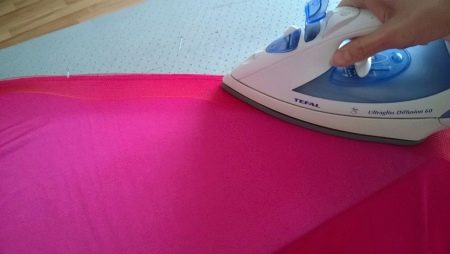
If the fabric is not cut straight, the edge needs to be straightened. To do this, pull on the cross thread. A line will appear to show you where to cut the fabric.
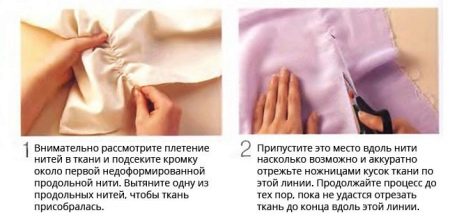
On fabric with a pile or print, place the pattern elements and cut them out so that the pile is in one direction. - upwards... Exceptions are trims and a belt.
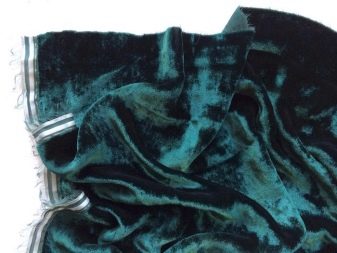
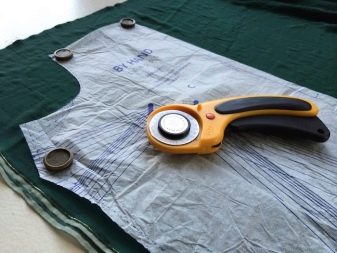
For our single strap evening dress, you will need a duchess or well-fitting dress fabric.

Layout and cut
- Lay the fabric face up.
- Make sure that the line threads correspond to the directions shown on the dress pattern details.
- On the fabric, first place large parts, and between them - smaller ones, for example a belt, cuffs.
- It is better to outline the contours of the pattern with two lines. 1st - pattern outline, and 2nd allowances.
- The part is cut along the second line.

Cut open
Uncover parts from the duchess in the following quantities:
- front bodice - 1;
- back bodice - 2;
- trim piece with folds - 1;
- shoulder strap - 2;
- the front sheet of the skirt with a fold - 1;
- the back fabric of the skirt with a fold - 2;
- top skirt - 1;
- belt 8 cm wide (ready-made 4 cm) and length depending on your size. For example, for the 36th, the length will be 74 cm, 78 cm for the 38th size, etc. Of these, 3 cm is the fastener allowance.
From the lining fabric, 1 detail of the middle part of the front bodice with a fold and 2 parts of the side and middle parts of the back bodice, as well as 2 parts of the side part of the front bodice are cut out.
Duplicate the details of the lining with non-woven fabric.
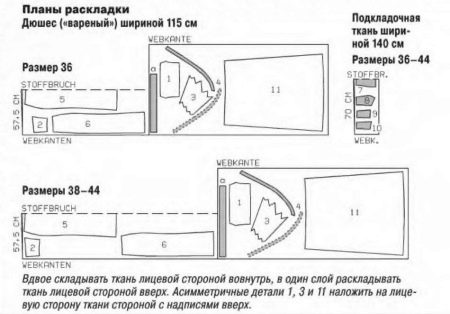
Sewing
- Sew darts on the front bodice.
- In the finishing piece, fold the folds in the direction of the arrow marks and baste at the bottom and top. Do not iron the folds. Then baste the one-piece piping. Place the finished element on the bodice according to the markings and baste open sections.
- Stitch the front and back side pieces from the lining fabric with the center pieces. Sew the seam allowances for raised seams as drawstrings.
- Cut from ribbons with corsage sticks (regilina) 7 and 11 mm wide in 2 pieces of the required length. The narrow regelin is designed for the raised seams of the front, the wide one is for the back. Pull into drawstrings, then secure with stitching. The upper ends of the tapes should lie 5 mm below the marked line of the upper edge.
- Sew the details of the back and front from the duchess and lining along the upper cut.
- Sew the strap. Place the front end on the front bodice from the right side cut, aligning the bottom edge with the marked alignment line. Sew the bottom edge of the strap with blind stitches. From the seamy side, sew the straps under the upper edge of the front bodice, without bringing the needle out to the right side.
- Sew side seams on the bodice of the dress. Cut 2 pieces of 18 cm from the tape with corsage sticks 11 mm wide. Sew them into the edge on the underside of the side seam allowances at a distance of 5 mm.
- Baste the back end of the strap to the lower edge of the left side of the top of the back. Try on the bodice of the dress and adjust the strap.
- Stitch the darts on the back halves of the skirt, then the side seams. Combine the finished skirt with the bodice.
- Sew in the concealed zipper, leaving the top ends free. From the end of the zipper to the bottom, make a middle seam on the back. Tuck the free ends of the zipper and sew together with allowances to the top edge of the dress.
- Press and sew for hem allowance.

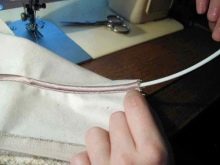

Top skirt
- Hem the bottom of the removable skirt, first ironing the edges and then sewing on by hand. Iron the side cuts and topstitch to the edge.
- Fold in folds along the upper cut and baste.
- Take a rep tape and tuck one end of it 1 cm and iron it. Measure the length from the fold, depending on the size. Sew the tape to the top of the removable skirt.
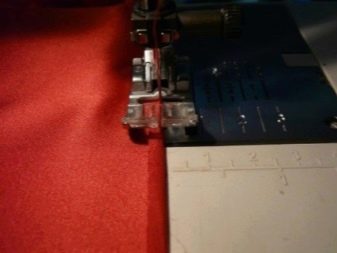
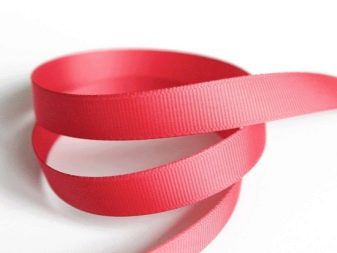
Belt
- Fold the belt in half and grind off the cuts, leaving a small area open to turn it inside out. After turning the belt out, press the edges. Then sew on the open area. Close the belt with Velcro tape.
- Snap the detachable skirt to the belt. Sew the lower parts of the 5 buttons on the front side of the rep belt. Sew on the 1st button at the ends of the belt, place the rest at the same interval.
- Close the belt and pin it to the reps belt of the removable skirt, aligning the ends of the belt with the middle line of the back.
- Label the top of the buttons on the belt. Sew them on.
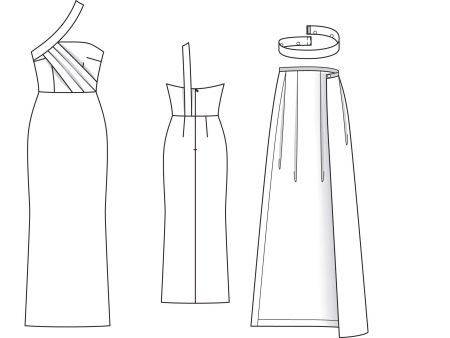









Thanks for the pattern! Everything is clear and accessible)